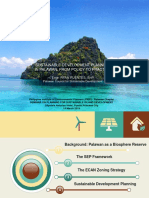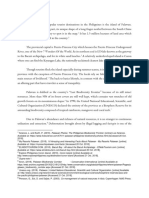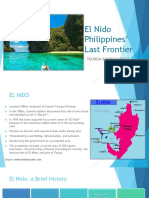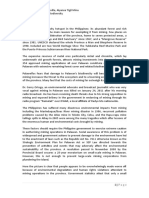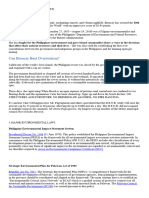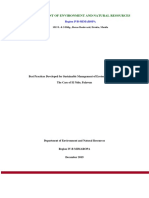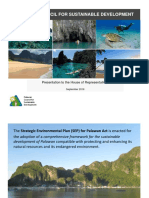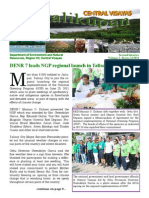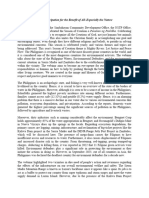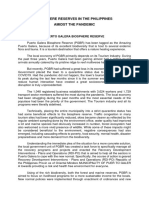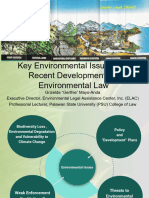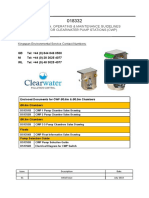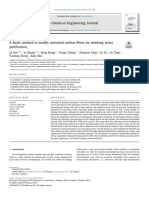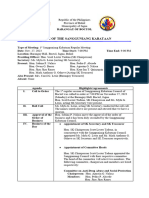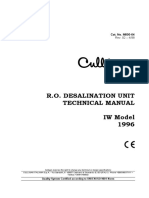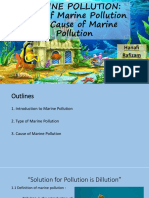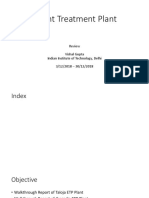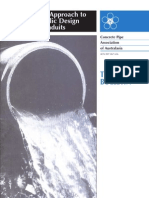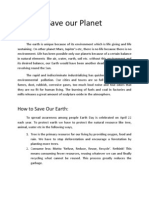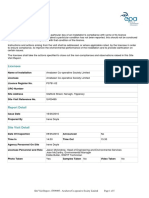0% found this document useful (0 votes)
116 views4 pagesEmpowering Palawan Communities
The document summarizes Shell Foundation's social development work and partnerships in Palawan, Philippines. It discusses programs related to climate change monitoring, renewable energy access, skills training for indigenous peoples, health initiatives for malaria prevention and HIV/AIDS awareness, and more. It also provides overviews of three protected areas in Palawan: Malampaya Sound Protected Landscape and Seascape, El Nido-Taytay Protected Landscape, and the environmentally critical areas network zones established under the Palawan Strategic Environmental Plan Act. The partnerships aim to support sustainable development, capacity building, and conservation in Palawan communities.
Uploaded by
Jamey JimenezCopyright
© © All Rights Reserved
We take content rights seriously. If you suspect this is your content, claim it here.
Available Formats
Download as DOCX, PDF, TXT or read online on Scribd
0% found this document useful (0 votes)
116 views4 pagesEmpowering Palawan Communities
The document summarizes Shell Foundation's social development work and partnerships in Palawan, Philippines. It discusses programs related to climate change monitoring, renewable energy access, skills training for indigenous peoples, health initiatives for malaria prevention and HIV/AIDS awareness, and more. It also provides overviews of three protected areas in Palawan: Malampaya Sound Protected Landscape and Seascape, El Nido-Taytay Protected Landscape, and the environmentally critical areas network zones established under the Palawan Strategic Environmental Plan Act. The partnerships aim to support sustainable development, capacity building, and conservation in Palawan communities.
Uploaded by
Jamey JimenezCopyright
© © All Rights Reserved
We take content rights seriously. If you suspect this is your content, claim it here.
Available Formats
Download as DOCX, PDF, TXT or read online on Scribd
/ 4

